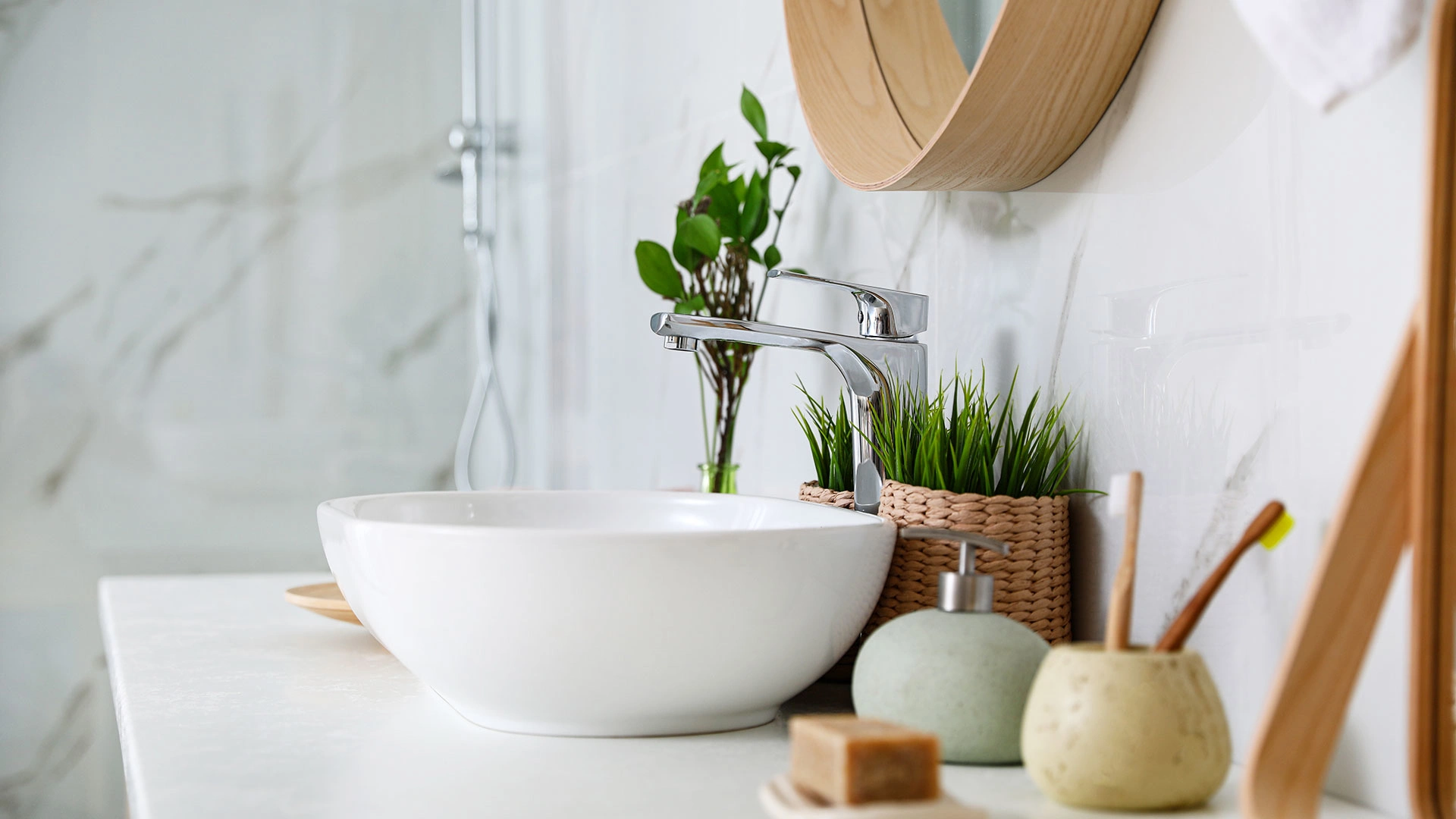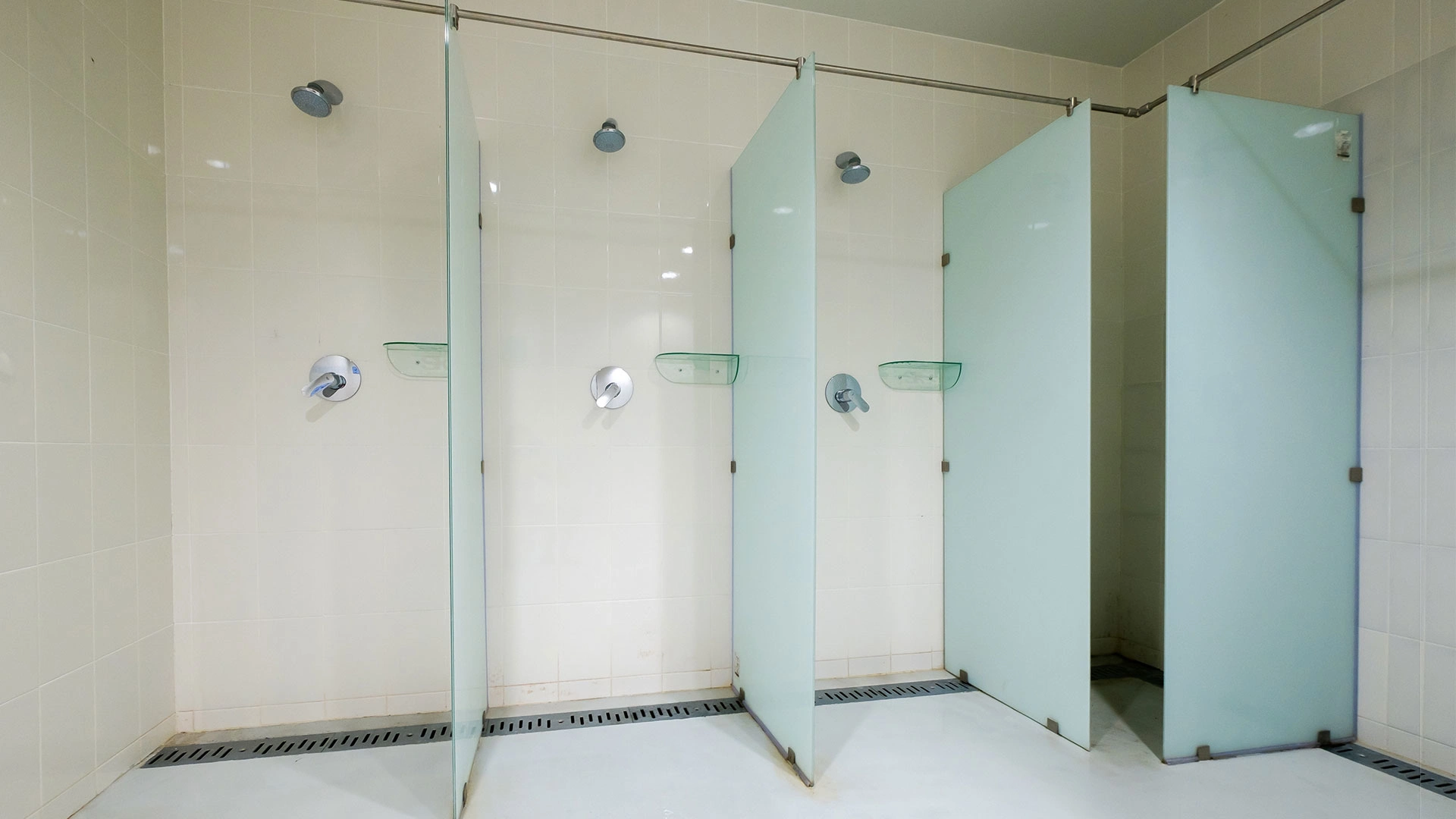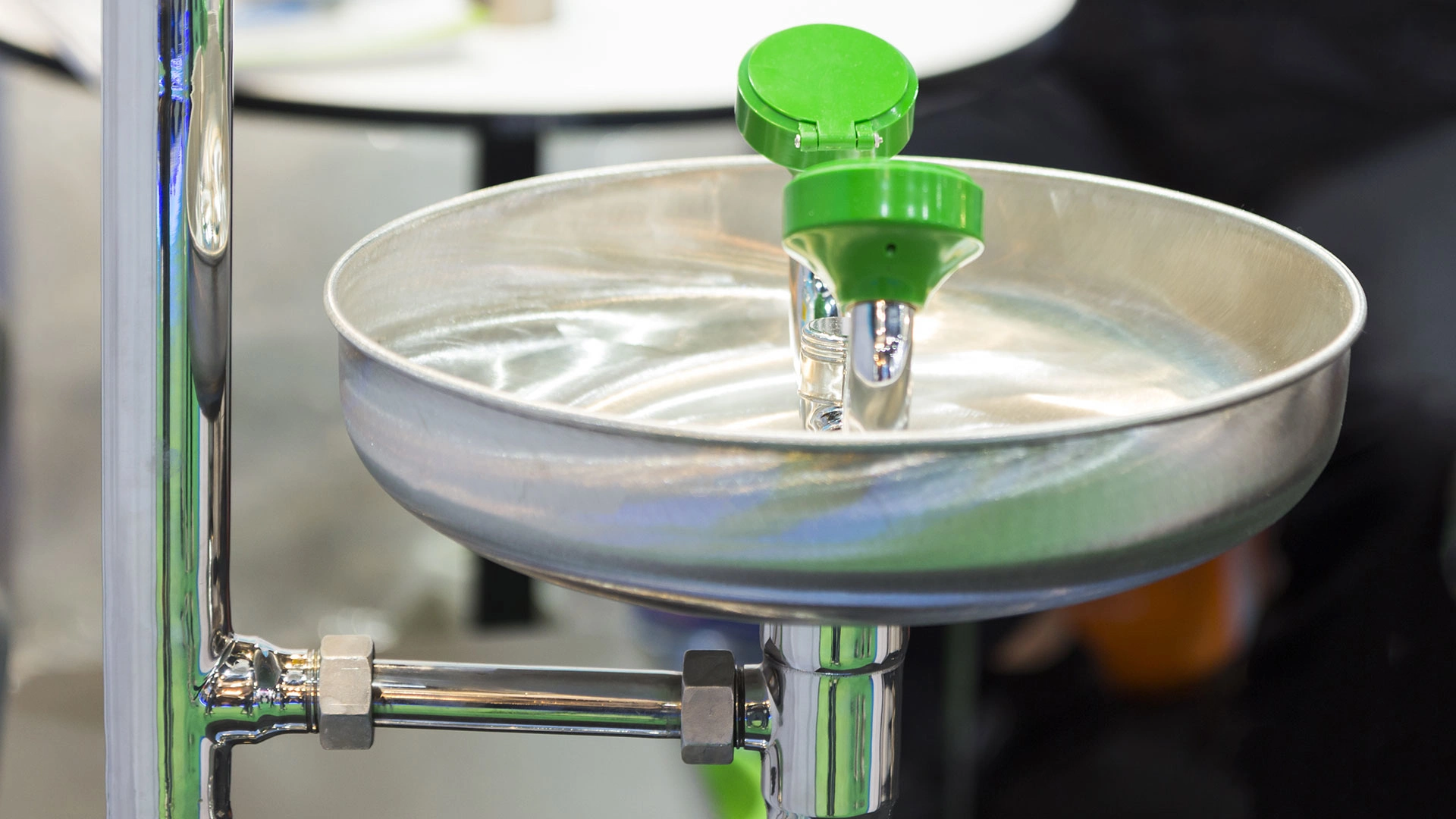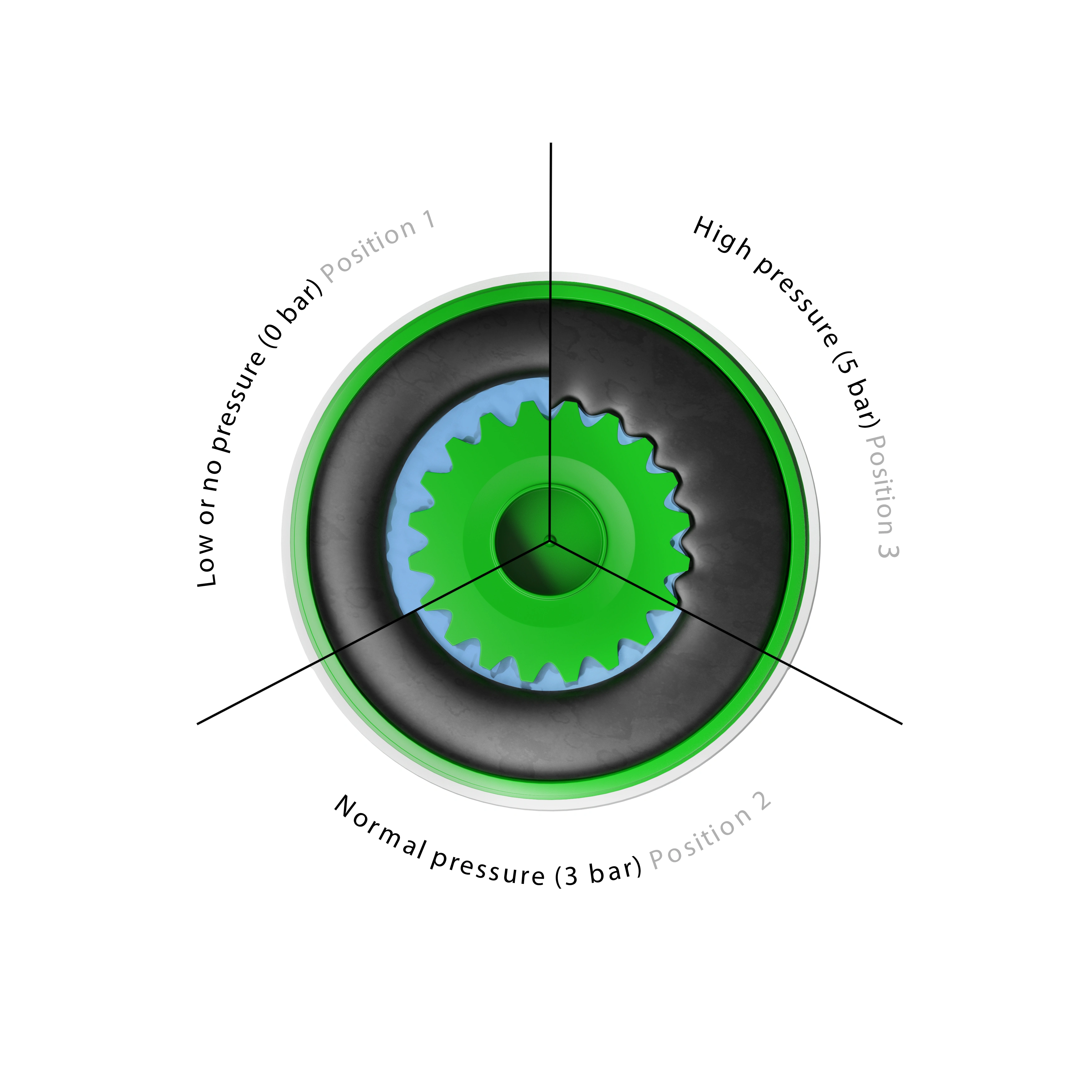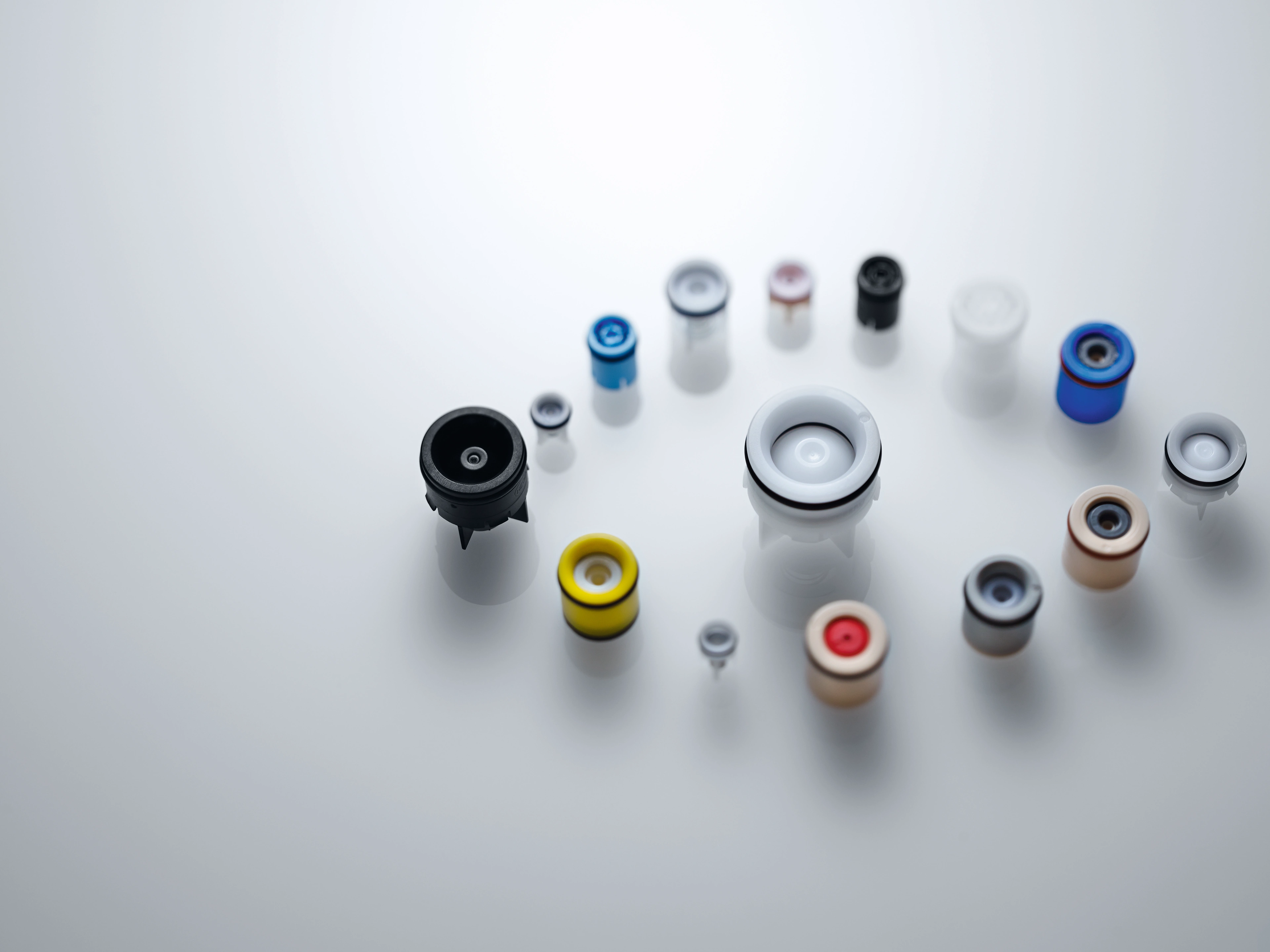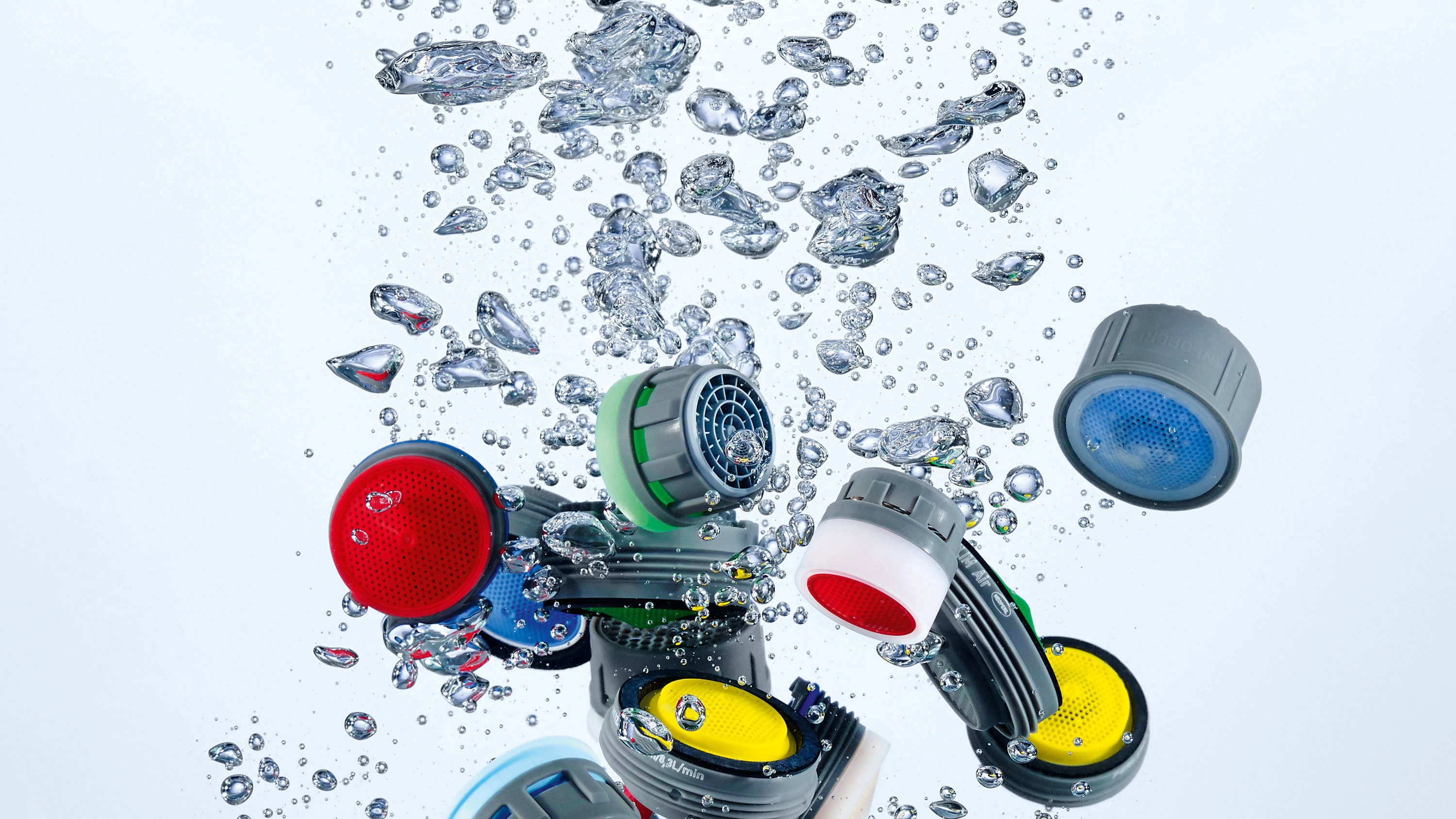To use water efficiently, the flow rate must be precisely regulated. NEOPERL flow regulators adjust the water flow rate to meet your requirements. They optimize water consumption in household faucets or are installed as sub-components in drinking water supply lines for technical applications.
